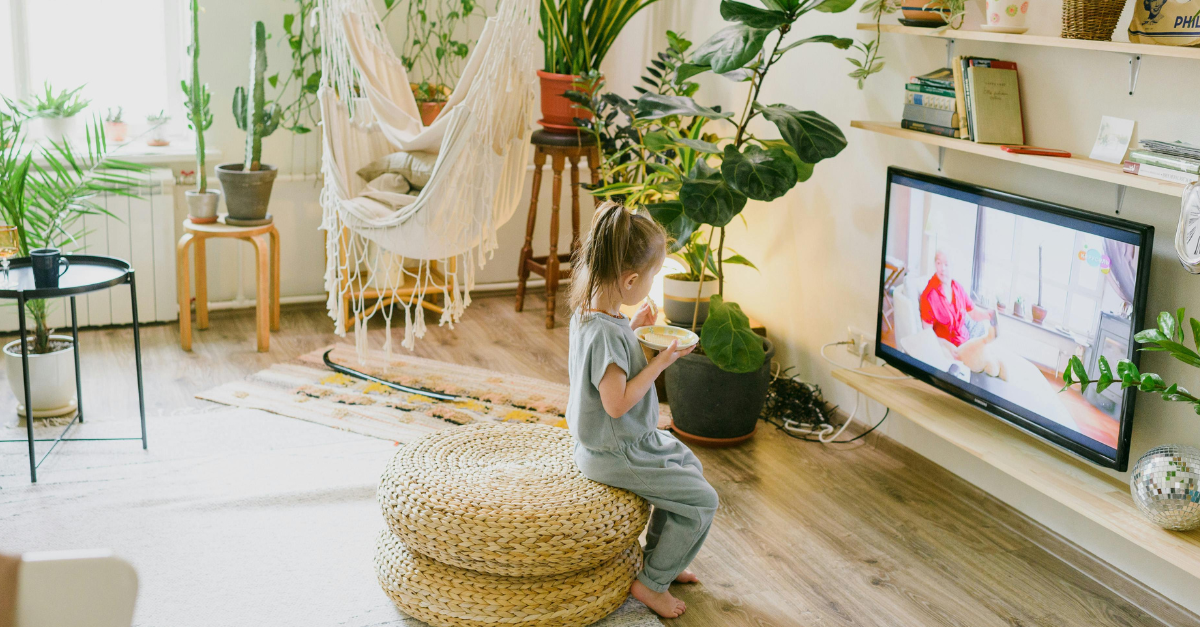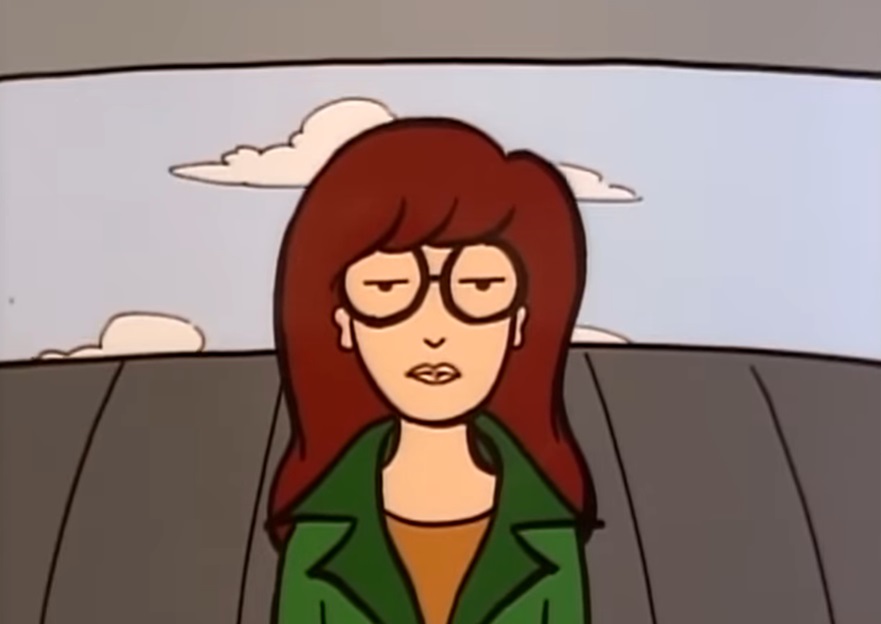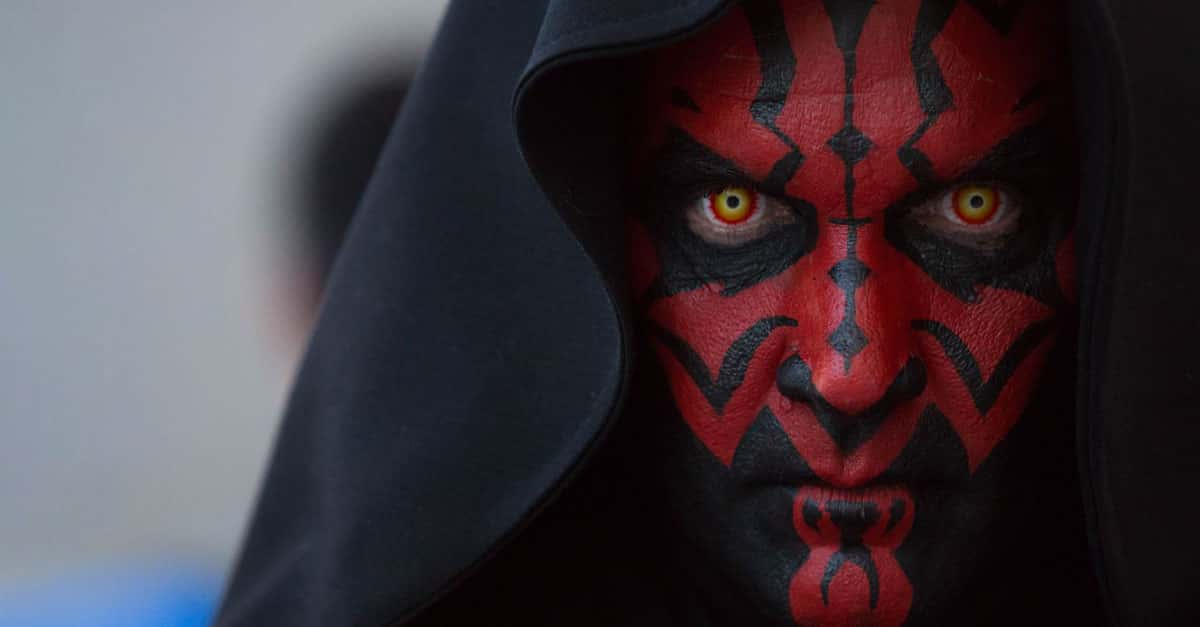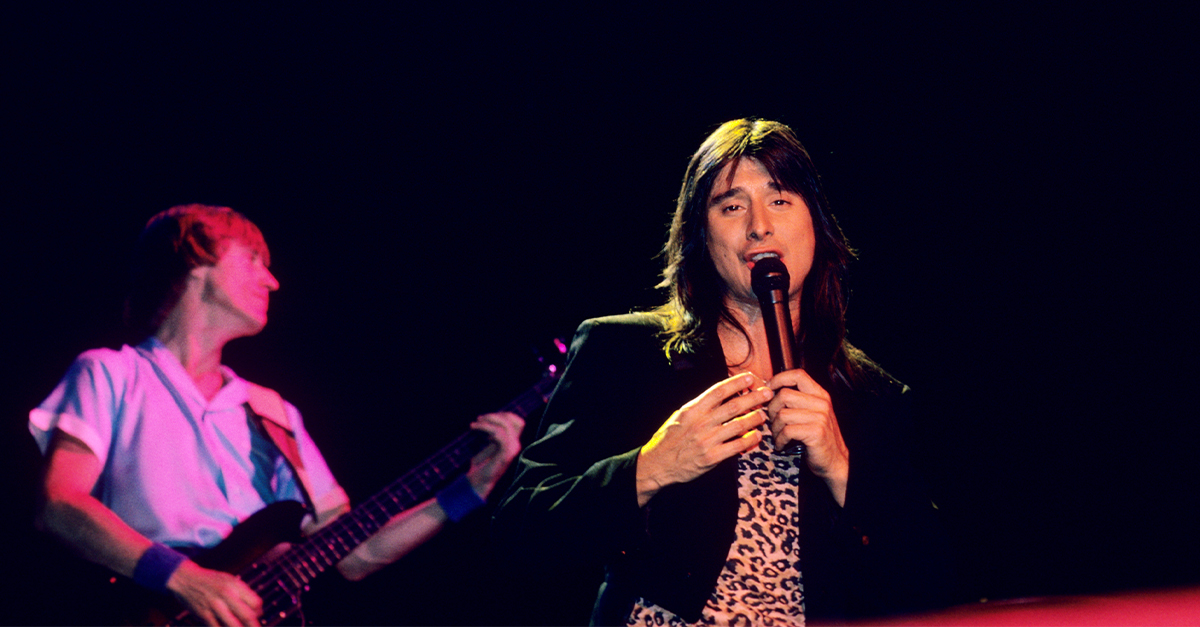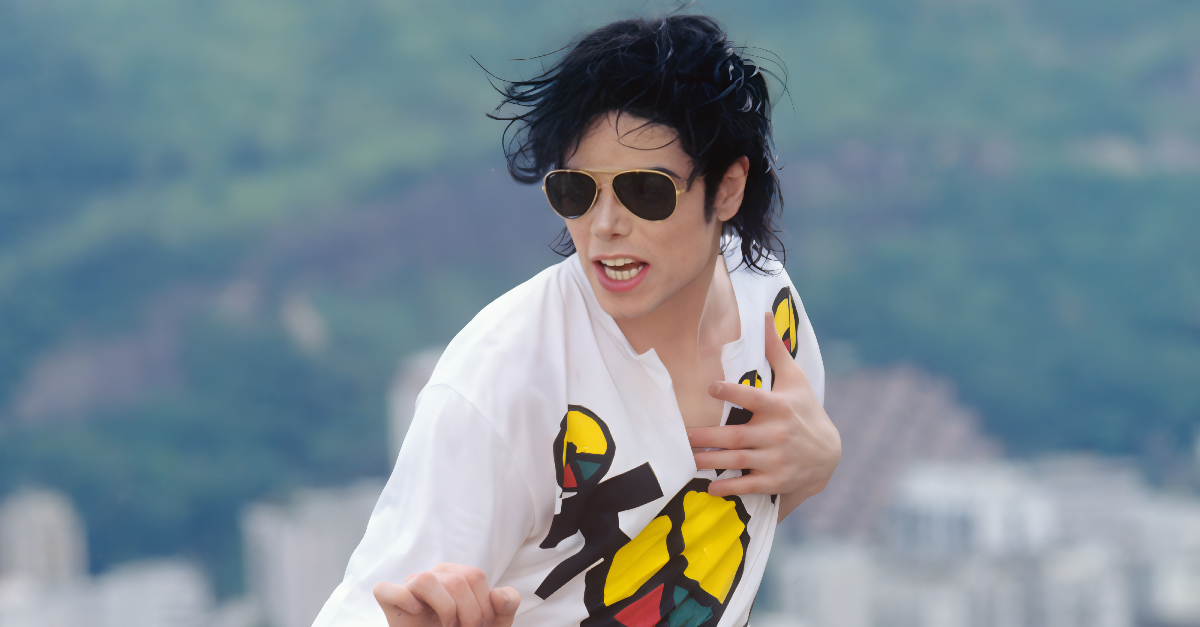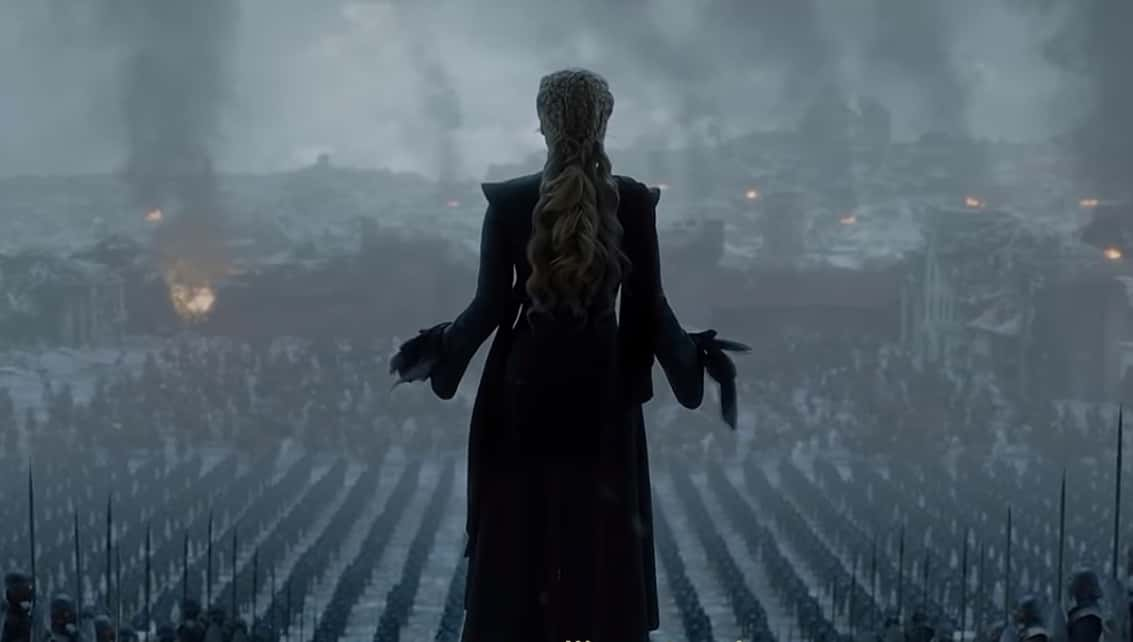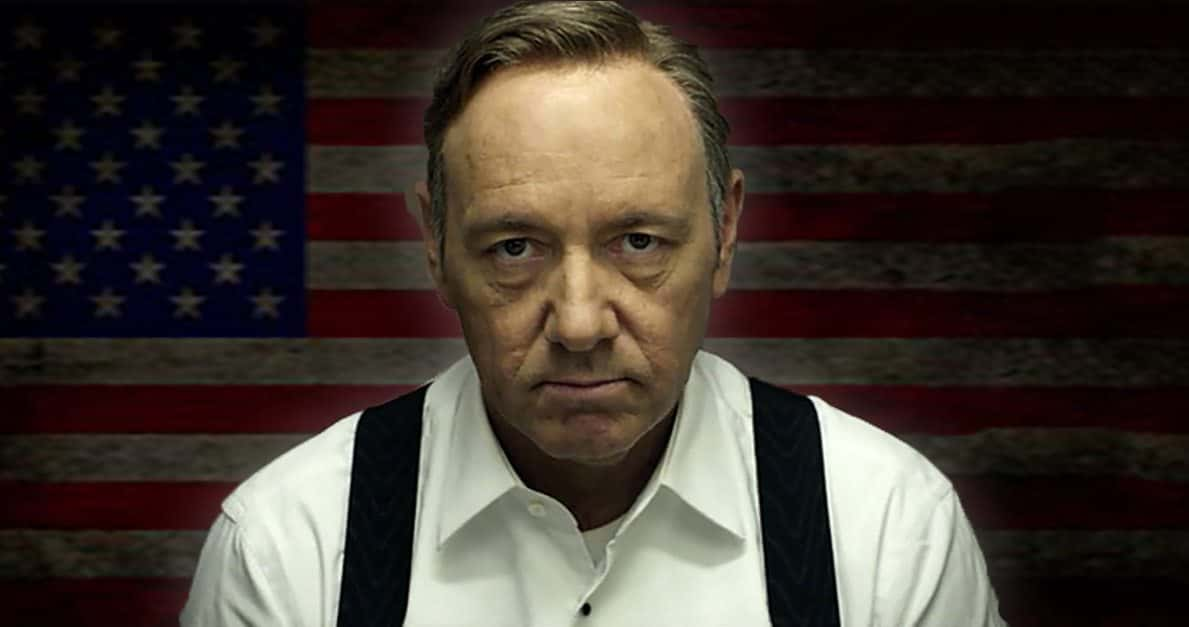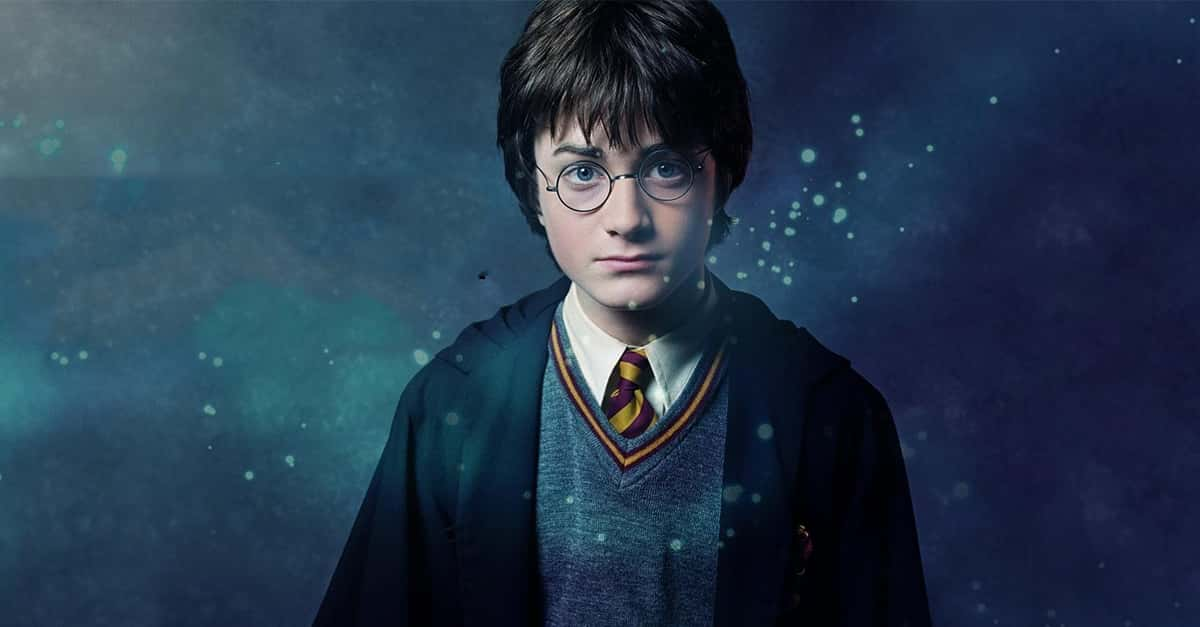Please Be Kind, Rewind (Your Childhood)
When the VCR whirred and the cereal went soggy, 90s animation did something wild—it grew up with us. They weren’t just “for kids”; they were for anyone who could recognize a killer theme song, a tight gag, and a surprisingly heavy lesson about life. If you’ve been bitten by the nostalgia bug, consider this your recommended rewatch queue—21 shows from the era that still outpunch most of what’s on today.
South Park
Equal parts gleefully offensive and weirdly insightful, this snow-capped satire never met a sacred cow it couldn’t barbecue. Its paper-cut style hides razor-sharp takes on politics, pop culture, and hypocrisy that feel as fresh now as they did in 1997. Somehow, four kids in a small Colorado town keep diagnosing the adult world better than most pundits do.
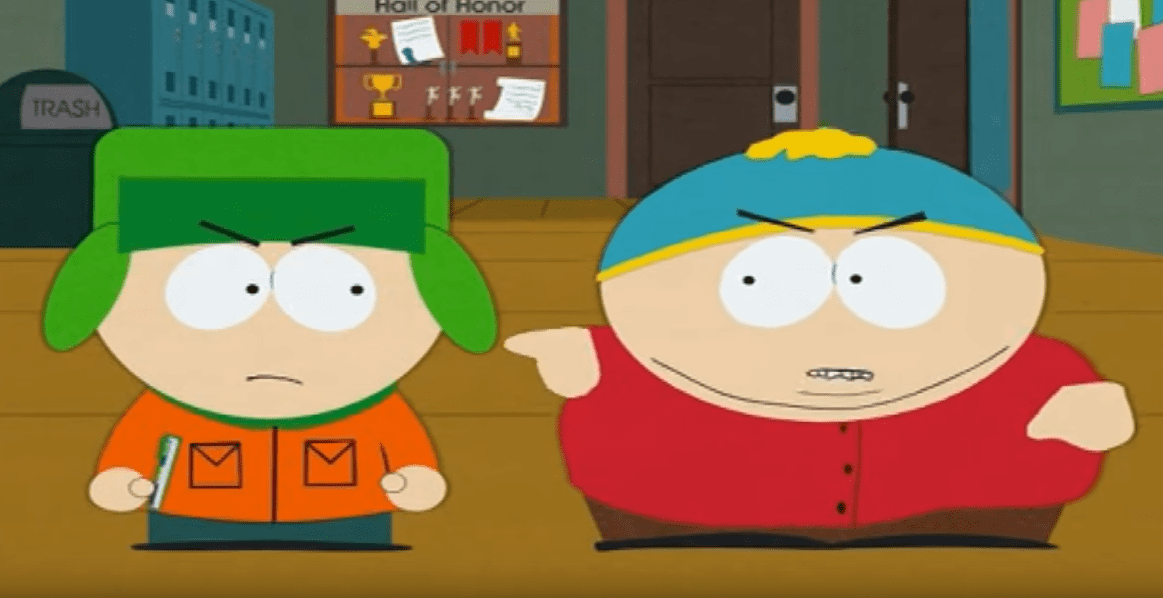 Paramount+, South Park (1997–present)
Paramount+, South Park (1997–present)
Family Guy
Before cutaway gags were a meme, this show used them like comedy shrapnel. The Griffins’ chaos—plus a matricidal baby and a martini-sipping dog—still lands because the writers commit to the bit. It’s tasteless, sure, but also relentlessly inventive, which is why it keeps finding new gears decades in.
 Fox, Family Guy (1999–present)
Fox, Family Guy (1999–present)
Batman: The Animated Series
Moody art deco. Noir shadows. Villains with actual pathos. BTAS proved superhero cartoons could be prestige TV, with episodes that played like mini-films and a definitive take on both Batman and the Joker. The show’s emotional heft and visual language still influence the genre—live action included.
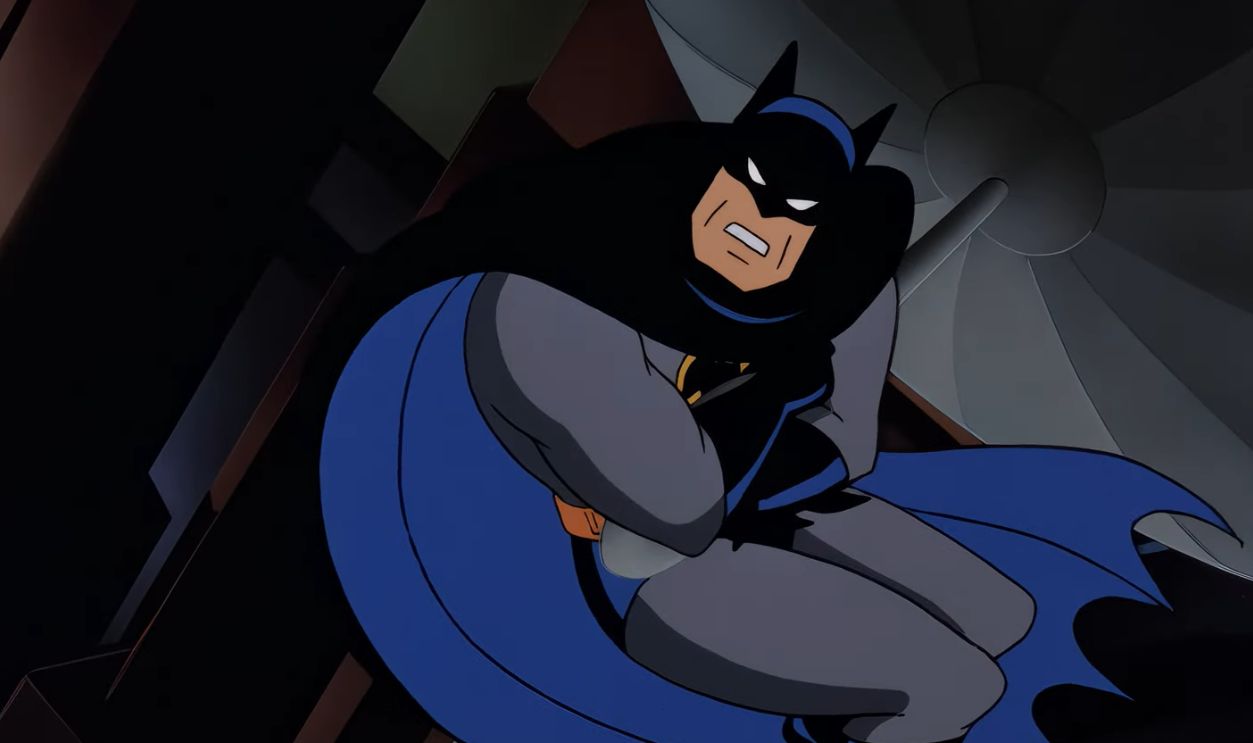 Warner Bros. Animation, Batman: The Animated Series (1992–1995)
Warner Bros. Animation, Batman: The Animated Series (1992–1995)
Daria
Deadpan as a philosophy class and twice as cutting, this high-school satire never panders. Daria skewers trends, cliques, and consumer culture while giving its misfits real hearts. Its “whatever” exterior conceals one of TV’s most empathetic portraits of adolescence.
X-Men: The Animated Series
Mutant politics, serialized storytelling, and an all-timer theme song—this was a gateway substance to comic fandom. The show tackled persecution and identity without sanding off superhero thrills. Rewatches reveal how ambitious it was for weekday afternoons—and why its legacy keeps mutating.
 Marvel Entertainment, X-Men: The Animated Series (1992–1997)
Marvel Entertainment, X-Men: The Animated Series (1992–1997)
Courage the Cowardly Dog
A pink pup in the middle of nowhere faces nightmares with trembling bravery, and it’s still creepier than most horror reboots. The show’s uncanny CG, lo-fi textures, and fairy-tale dread feel timelessly weird. Under the scares, it’s a love letter to loyalty and found family.
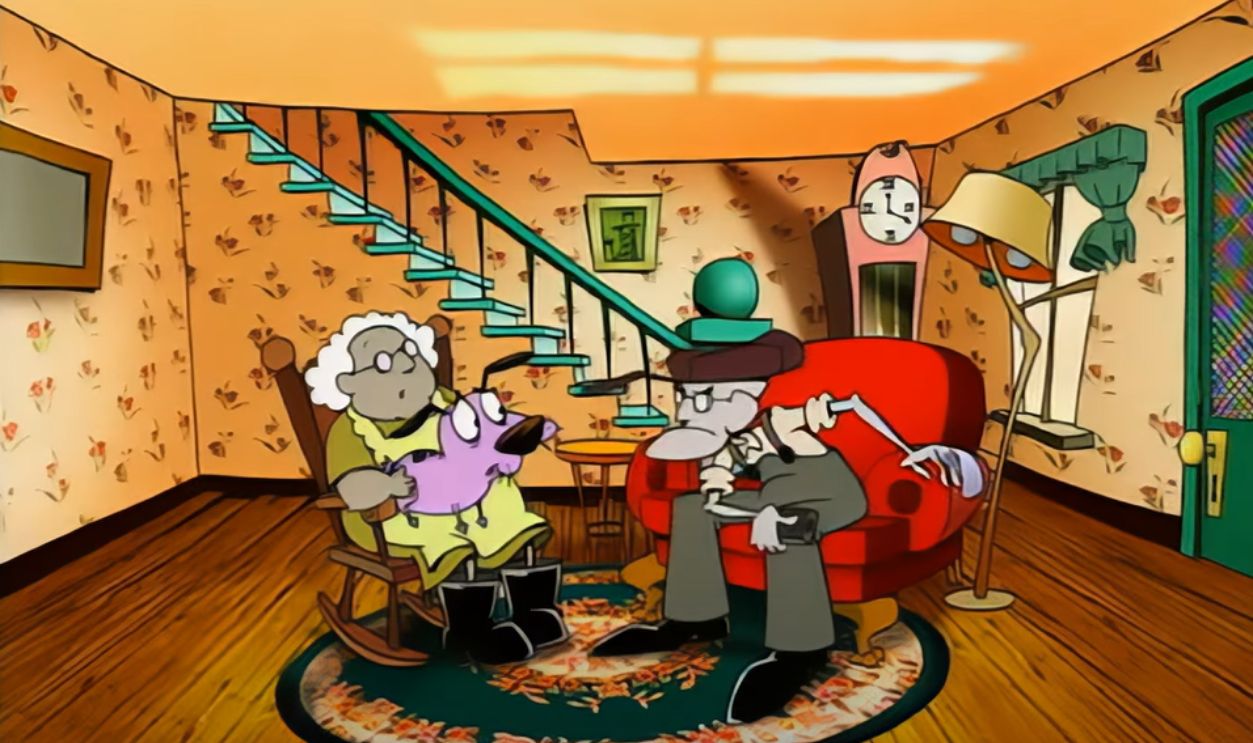 Cartoon Network, Courage the Cowardly Dog (1999–2002)
Cartoon Network, Courage the Cowardly Dog (1999–2002)
SpongeBob SquarePants
Absurdism with a porous heart. Early SpongeBob is pure joke density—visual gags, quotable lines, and hyper-specific weirdness that hit kids and adults differently. From bubble bowl anthems to Krusty Krab capitalism, it’s a masterclass in making silliness feel universal.
 Nickelodeon, SpongeBob SquarePants (1999-)
Nickelodeon, SpongeBob SquarePants (1999-)
Recess
A grade-school playground becomes a mini-society with politics, rituals, and legends. By treating kids’ dramas as epic, the show grants them dignity—and plenty of laughs. It turns a 15-minute break into a world-building triumph.
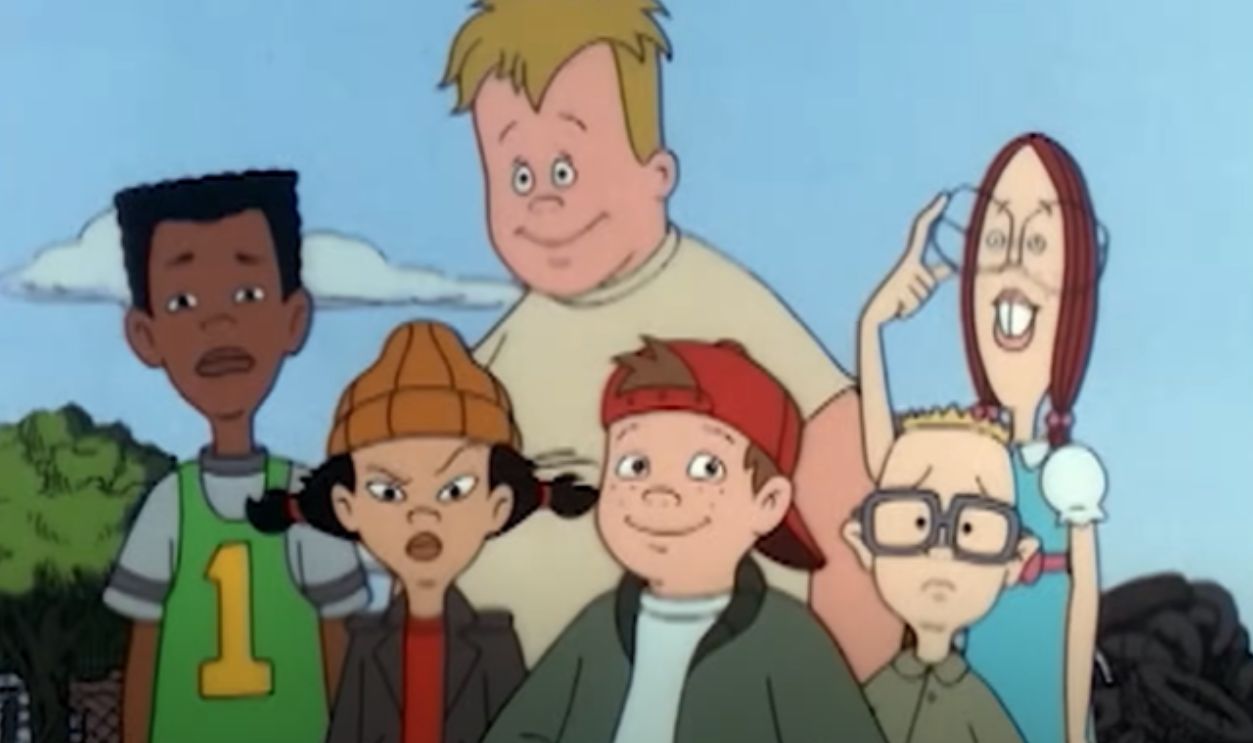 Walt Disney Television Animation, Recess (1997–2001)
Walt Disney Television Animation, Recess (1997–2001)
Dexter’s Laboratory
Science! Sabotage! Siblings! Dexter’s sterile lab and Dee Dee’s chaos forged a perfect comedy collider. The visual timing and exaggerated designs still pop, and the mini-segments proved a cartoon could be a sketch show without losing cohesion.
 Cartoon Network, Dexter’s Laboratory (1996–2003)
Cartoon Network, Dexter’s Laboratory (1996–2003)
Animaniacs
Wacko wordplay, meta humor, and a cartoon encyclopedia’s worth of parodies—this was variety TV for the Toon Tower set. It trusted kids to keep up and rewarded adults with sly references. The pace is blistering, the songs are sticky, and the fourth wall never stood a chance.
 Warner Bros. Animation, Animaniacs (1993–1998)
Warner Bros. Animation, Animaniacs (1993–1998)
Pinky and the Brain
A megalomaniacal mouse, his chaotic buddy, and a nightly plan to take over the world—what could go wrong. The joke is repetition, but the magic is character: Brain’s hubris, Pinky’s optimism, their codependent loop. It’s Looney Tunes by way of tragicomedy.
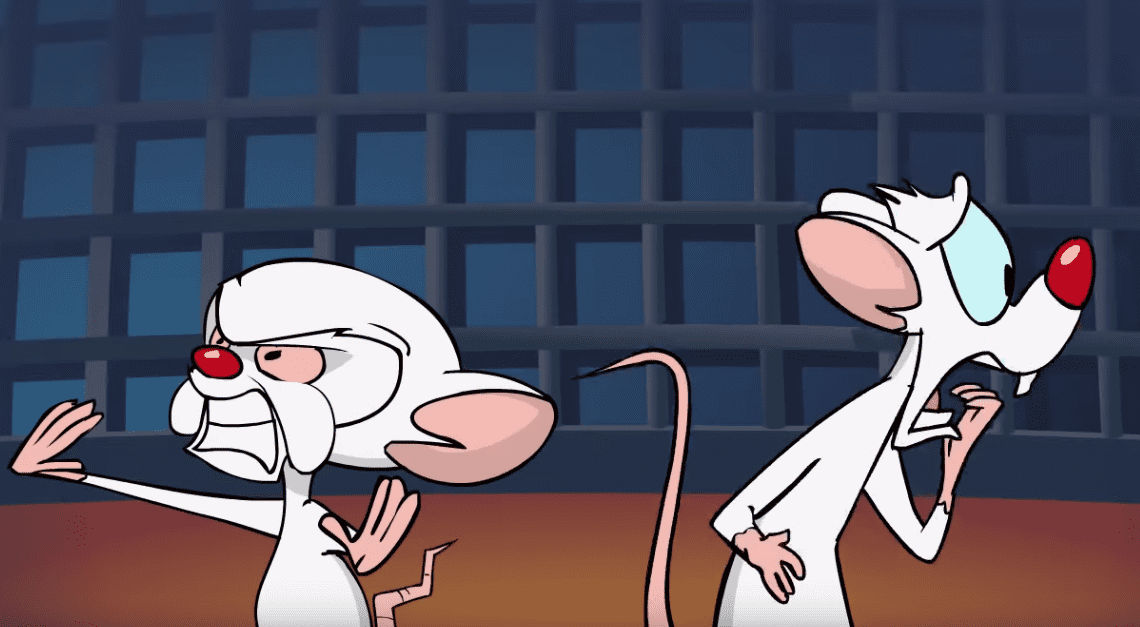 Warner Bros. Animation, Pinky and the Brain (1995–1998)
Warner Bros. Animation, Pinky and the Brain (1995–1998)
Hey Arnold!
Urban warmth wrapped in jazzy vibes. This show found poetry in stoops, bodegas, and city myths, letting kids be kind, flawed, and curious. Episodes like “Pigeon Man” still land because they take small feelings seriously—and never talk down.
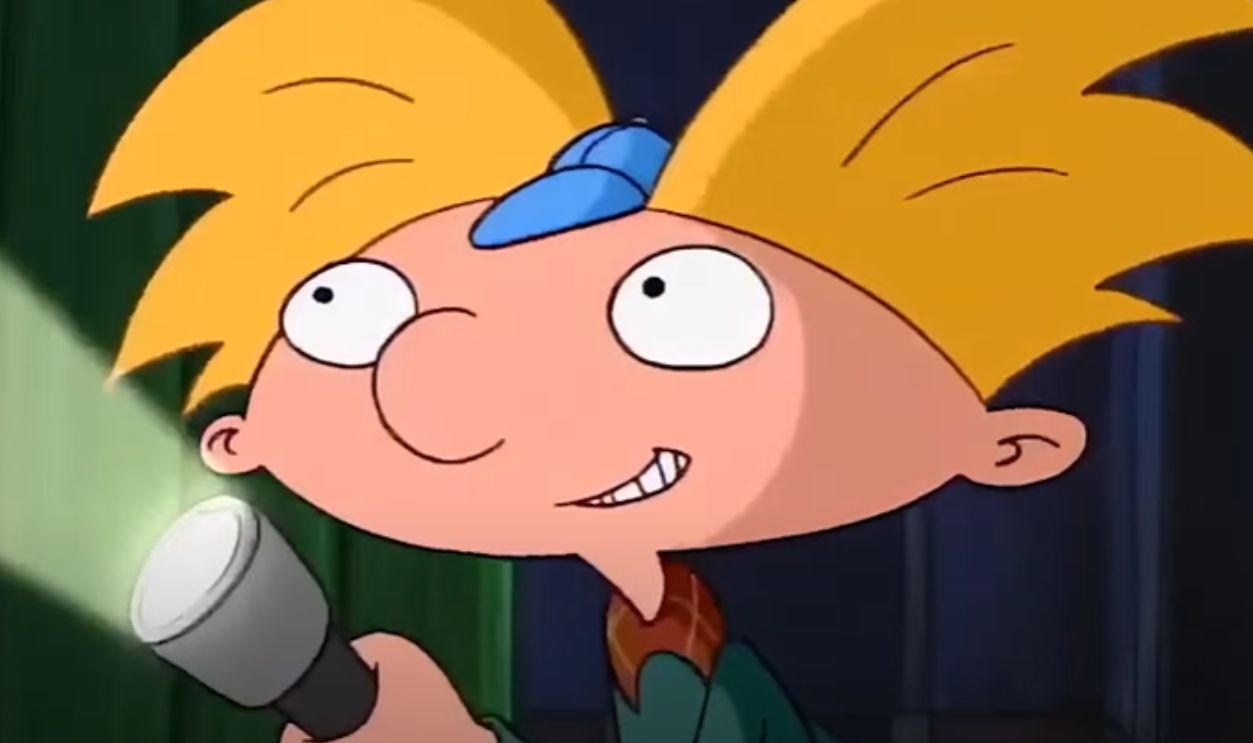 Nickelodeon Animation Studio, Hey Arnold! (1996–2004)
Nickelodeon Animation Studio, Hey Arnold! (1996–2004)
Beavis and Butt-Head
Two idiots on a couch, somehow holding a mirror to the 90s. The critiques are juvenile, but also honest about how media shapes taste and apathy. Its dumbness is deliberate—which is why it sometimes feels like genius.
Rugrats
Seeing the world at ankle height turns everyday life into a grand quest. The babies’ misinterpretations fuel great comedy, while the show’s heart comes from gentle, thoughtful parenting in the background. It’s a rare cartoon that celebrates curiosity without condescension.
 Nickelodeon, Rugrats (1991-2004)
Nickelodeon, Rugrats (1991-2004)
The Ren & Stimpy Show
Gross-out, grotesque, and groundbreaking. Ren & Stimpy pushed TV animation into stranger, darker territories, fusing classic squash-and-stretch with surreal menace. The result is a fever dream you can’t look away from—and an undeniable influence on everything that followed.
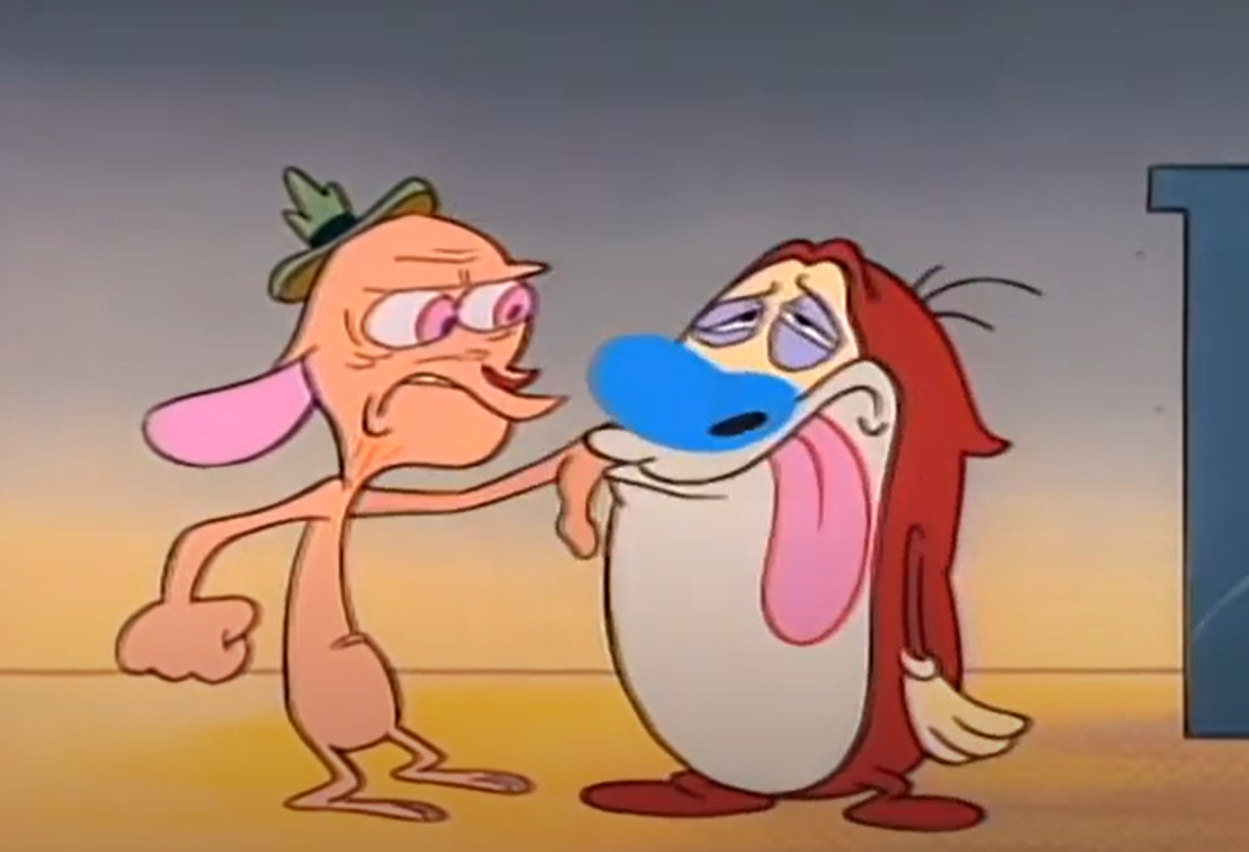 SpUmcO, The Ren & Stimpy Show (1991–1996)
SpUmcO, The Ren & Stimpy Show (1991–1996)
Doug
A journal, an alter-ego, and the courage to try. Doug’s slice-of-life tone gives small embarrassments and tiny triumphs room to breathe. The show’s sincerity is its superpower—it’s gentle without being bland, and that’s harder than it looks.
 MTV Networks, Doug (1991-1994)
MTV Networks, Doug (1991-1994)
The Powerpuff Girls
Sugar, spice, and dynamite fight choreography. The show balances day-care sweetness with kaiju-scale brawls and design bravado. Its pop-art aesthetic still slaps—and the jokes fly as fast as the punches.
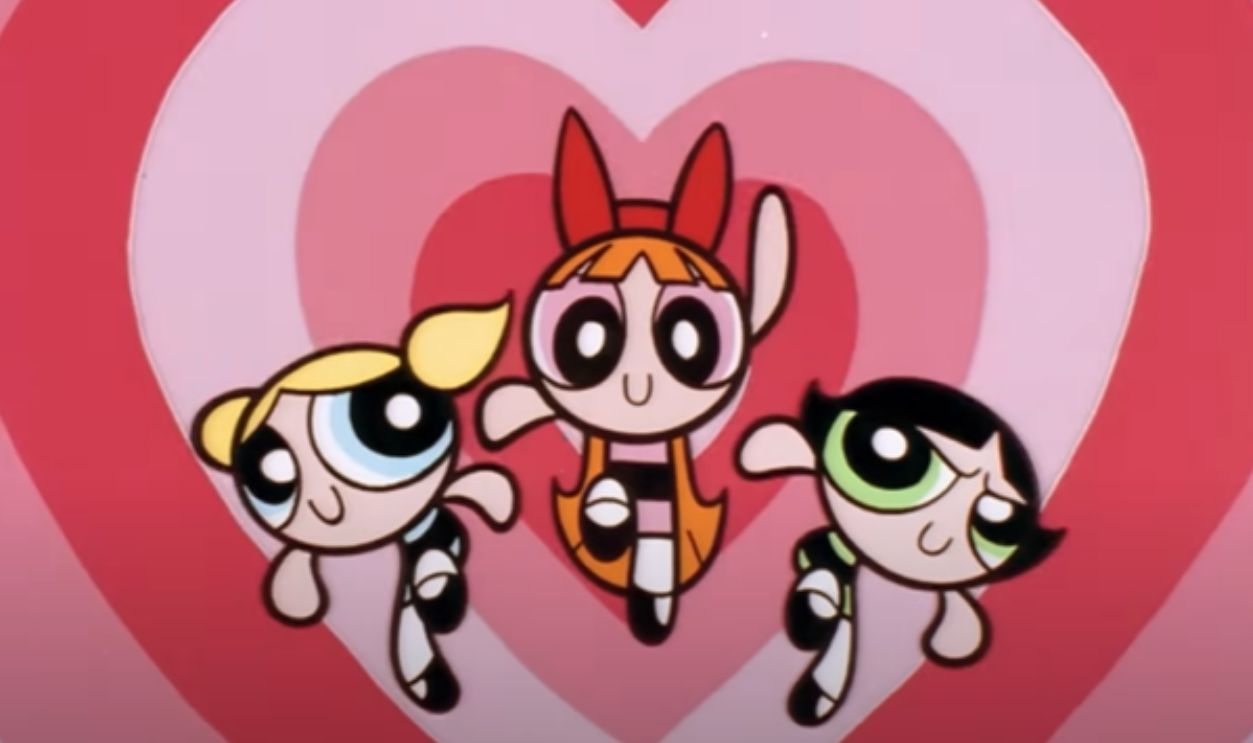 Cartoon Network Studios, The Powerpuff Girls (1998–2005)
Cartoon Network Studios, The Powerpuff Girls (1998–2005)
Aaahh!!! Real Monsters
Monsters with homework and a dean who literally loses his head—this is world-building with slime. The character designs are delightfully gnarly, and the premise flips fear into craft. It’s equal parts yuck and yippee, which is a very 90s alchemy.
 Nickelodeon, Aaahh!!! Real Monsters (1994–1997)
Nickelodeon, Aaahh!!! Real Monsters (1994–1997)
Futurama
A thousand years in the future reveals… us. Beneath the killer sci-fi gags and punny storefronts are gut-punch stories about love, loss, and choosing your people. The show’s blend of brainy and sentimental still makes other animated sitcoms feel one-note.
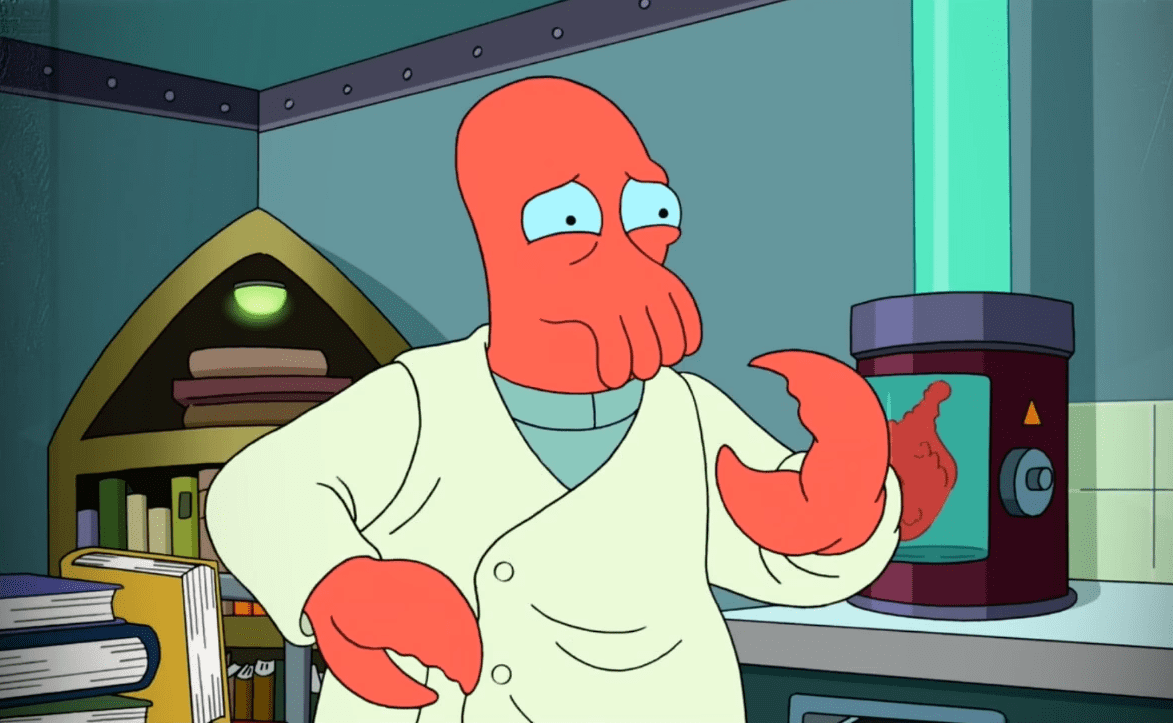 Hulu, Futurama (1999–2013; 2023–present)
Hulu, Futurama (1999–2013; 2023–present)
King of the Hill
Quiet jokes, loud truth. Hank’s propane-powered pragmatism anchors a humane portrait of small-town America that’s as observant as any live-action sitcom. The restraint is the flex—character first, catchphrase second—and that’s why it ages beautifully.
 Fox, King of the Hill (1997–2026)
Fox, King of the Hill (1997–2026)
Ed, Edd n Eddy
Cul-de-sac capitalism meets slapstick ingenuity. Each scam is a thesis on friendship, failure, and the eternal pursuit of jawbreakers. The off-model animation and sound design give it a hand-made chaos that’s still exhilarating.
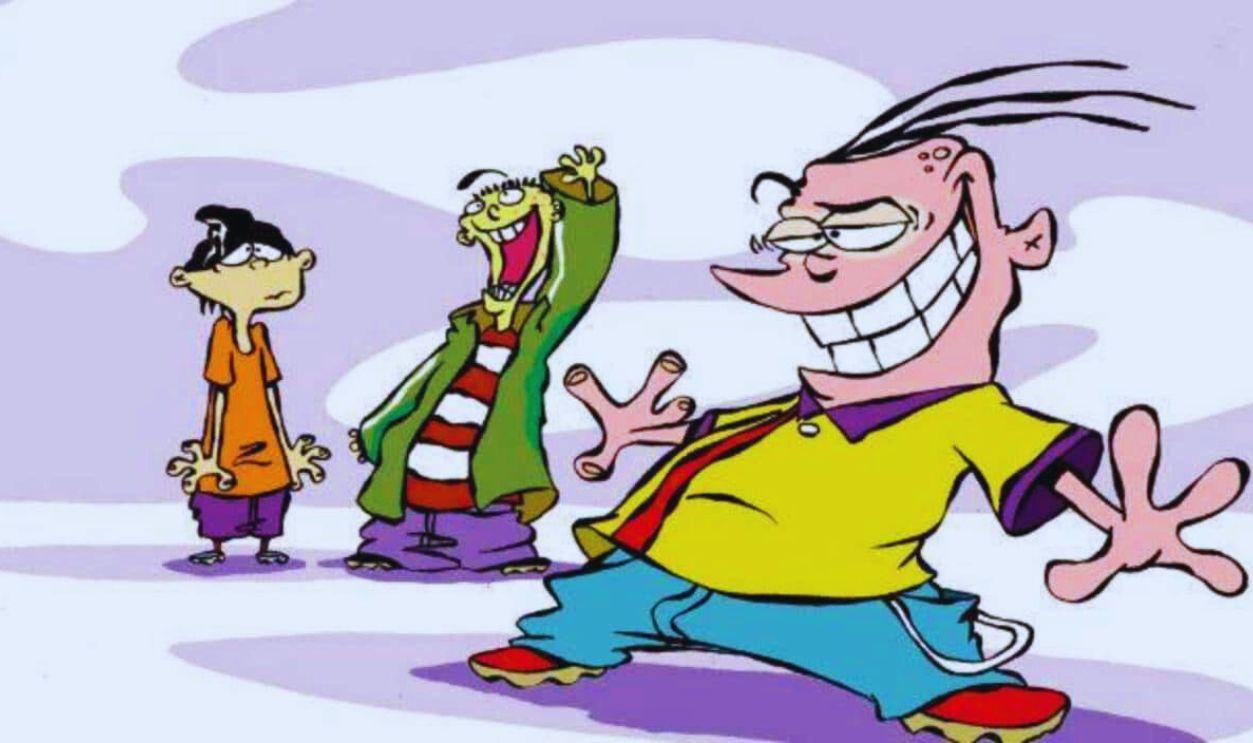 Cartoon Network, Ed, Edd n Eddy (1999)
Cartoon Network, Ed, Edd n Eddy (1999)
You May Also Like:
The Most Relatable TV Characters Ever Written
TV Characters Who Should’ve Gotten Their Own Spin-Off
These 44 Shows Let Their Main Characters Slip Out Of Focus
Source: 1

